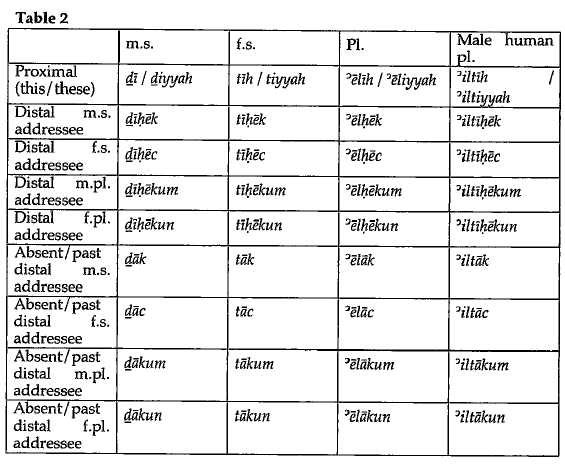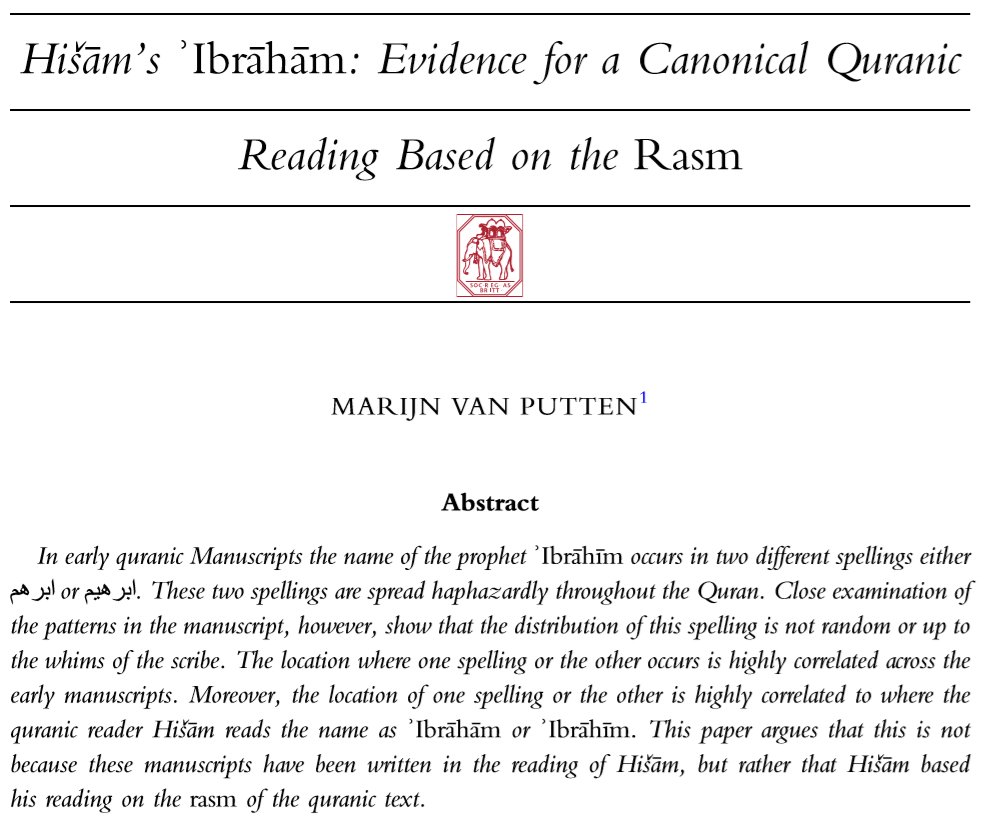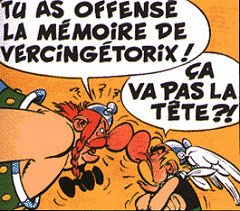

Nothing in his description prevents forms like ḏilka, but not mentioned.
In the Quran hā- has no special valence, it is simply part of the proximal deictics: hāḏā, hāḏihī. I have never seen it attached to forms like hāḏāka and hātīka anywhere.
Of the the theoretical forms hātā, hātī, hāḏī only hāḏī gets quoted with some regularity in poetry. The typical prose/Quranic form hāḏihī goes completely unmentioned.
This is typical not just for al-Zamaḫšarī, but for all Classical Arabic grammarians. Large amounts of variation get mentioned, much of which is virtually or actually unattested.
The idea that the grammarians standardized Classical Arabic is questionable.



























